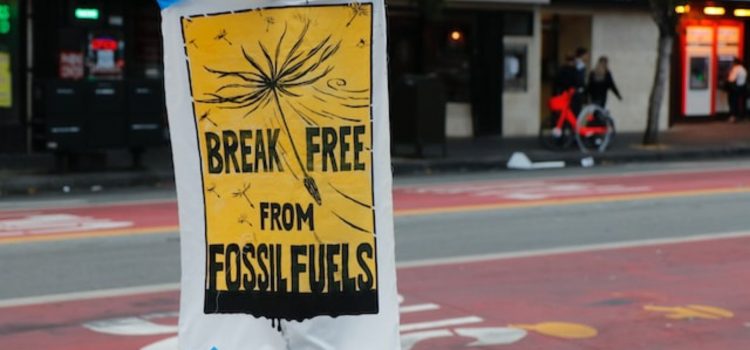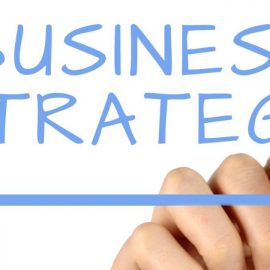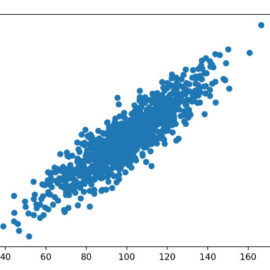

This article is an excerpt from the Shortform book guide to "Unsettled" by Steven E. Koonin. Shortform has the world's best summaries and analyses of books you should be reading.
Like this article? Sign up for a free trial here.
How should we deal with climate change and its impact? What’s actually realistic?
Because of the distortion of climate science, Steven E. Koonin argues that many governments have endorsed impractical responses to climate change. In his book Unsettled, he proposes alternative responses to mitigate and adapt to climate change and its effects.
Continue reading to learn Koonin’s practical climate mitigation and adaptation proposals.
Climate Mitigation and Adaptation
Koonin served as the former chief scientist for the British oil and gas company BP, where he focused on renewable energy, and he was undersecretary for science in the Obama administration. So, he brings years of scientific experience into his discussion of climate mitigation and adaptation.
Because of his skepticism about our ability to curb emissions, Koonin considers alternative responses to climate change. In particular, he argues that we should consider geoengineering and adaptation in order to address climate change.
First, Koonin examines geoengineering—active techniques designed to artificially reduce the earth’s temperature—and argues that two forms of geoengineering are worth considering: Solar Radiation Management (SRM) and Carbon Dioxide Removal (CDR).
Broadly speaking, SRM involves making the earth more reflective to decrease the heat absorbed at its surface. According to Koonin, the most promising form of SRM is aerosol injection, which involves injecting aerosols into the stratosphere to create a reflective haze. Specifically, he claims we could insert a safe amount of hydrogen sulfide into the stratosphere at a relatively low cost, which would offset the warming caused by our CO2 emissions.
(Shortform note: Although Koonin focuses on stratospheric aerosol injection, there are several other forms of SRM that have been researched. For example, cirrus cloud thinning attempts to either thin or altogether get rid of high-altitude cirrus clouds, allowing more heat to escape into space. Moreover, marine cloud brightening attempts to brighten marine stratocumulus clouds, in turn reflecting more sunlight back into space.)
Nonetheless, Koonin concedes that this form of SRM has several disadvantages. For example, because the aerosols dissipate quickly, we would have to sustain the haze long-term to keep the surface temperature low. In addition, climate models suggest that SRM could have adverse effects on the climate, which could be worse than the rising temperature itself.
(Shortform note: In addition to these disadvantages, experts warn that stratospheric aerosol injection could lead to increased Arctic ozone depletion, which has further harmful consequences itself.)
So, Koonin turns to CDR as another promising form of geoengineering. Put simply, CDR involves removing CO2 from the atmosphere and storing it elsewhere. Koonin argues that this form of geoengineering has multiple advantages. For instance, CDR would allow us to continue using fossil fuels to meet global energy demands, rather than developing alternative energy sources. Moreover, because CDR involves restoring the atmosphere to its natural level of CO2 concentration, it would likely have few adverse effects on the climate.
However, Koonin admits that we currently lack the infrastructure to use CDR on a meaningful scale. In particular, he asserts that removing even 10 gigatons (10 billion tons) of CO2 from the atmosphere—about one-third of our annual emissions—would require an infrastructure of similar size to our current fossil fuel infrastructure. So, although CDR could help mitigate climate change in the distant future, Koonin suggests that it isn’t yet a viable approach.
(Shortform note: Although CDR isn’t a viable option yet, several companies are constructing larger CDR facilities, suggesting that it might be viable at some point in the future. For instance, in 2022 the Swiss company Climeworks announced plans for Mammoth, a CDR facility designed to remove 36,000 tons of CO2 each year.)
In light of these challenges for geoengineering, Koonin argues that adaptation will be our primary response to climate change. After all, adaptation has been our response to hostile environments throughout history, as we learned to survive in Arctic and tropical regions by adapting. Similarly, Koonin suggests that adaptation will overshadow our efforts to either mitigate climate change by curbing emissions or negate its effects through geoengineering.
| Concrete Ways to Adapt to Climate Change Despite his argument that adaptation will be our primary response to climate change, Koonin doesn’t offer concrete forms of adaptation to help us cope with climate change. Lomborg, however, does just that. In False Alarm, he suggests the following forms of adaptation to minimize the damage from climate change: • Create floodplains and invest in vegetated urban areas that better absorb water to reduce damage from climate change-induced flooding. • Invest in early-warning systems and disaster response systems to minimize the harms of extreme weather. • Paint roofs and roads in urban areas with light-colored coatings to reduce temperatures in cities. • Implement building codes that prevent houses from being built in high-risk areas to decrease the damage from wildfires. |
Exercise: Evaluate Possible Responses to Climate Change
Koonin argues that rather than focusing on curbing carbon emissions, we should consider alternative responses to climate change, like geoengineering and adaptation. In this exercise, evaluate these different responses to climate change.
- Do you agree with Koonin that curbing carbon emissions should be secondary to responses like adaptation and geoengineering? Why or why not?
- Of the alternative responses Koonin considers (solar radiation management, carbon dioxide removal, adaptation), which do you find most promising? Why do you find this response most promising?
- Which of Koonin’s alternative responses do you find least promising? Why are you skeptical of this response?

———End of Preview———
Like what you just read? Read the rest of the world's best book summary and analysis of Steven E. Koonin's "Unsettled" at Shortform.
Here's what you'll find in our full Unsettled summary:
- That humans are only partially to blame for the warming climate
- Why the proposed solutions to climate change are unlikely to succeed
- Alternative responses to climate change and how to improve understanding






